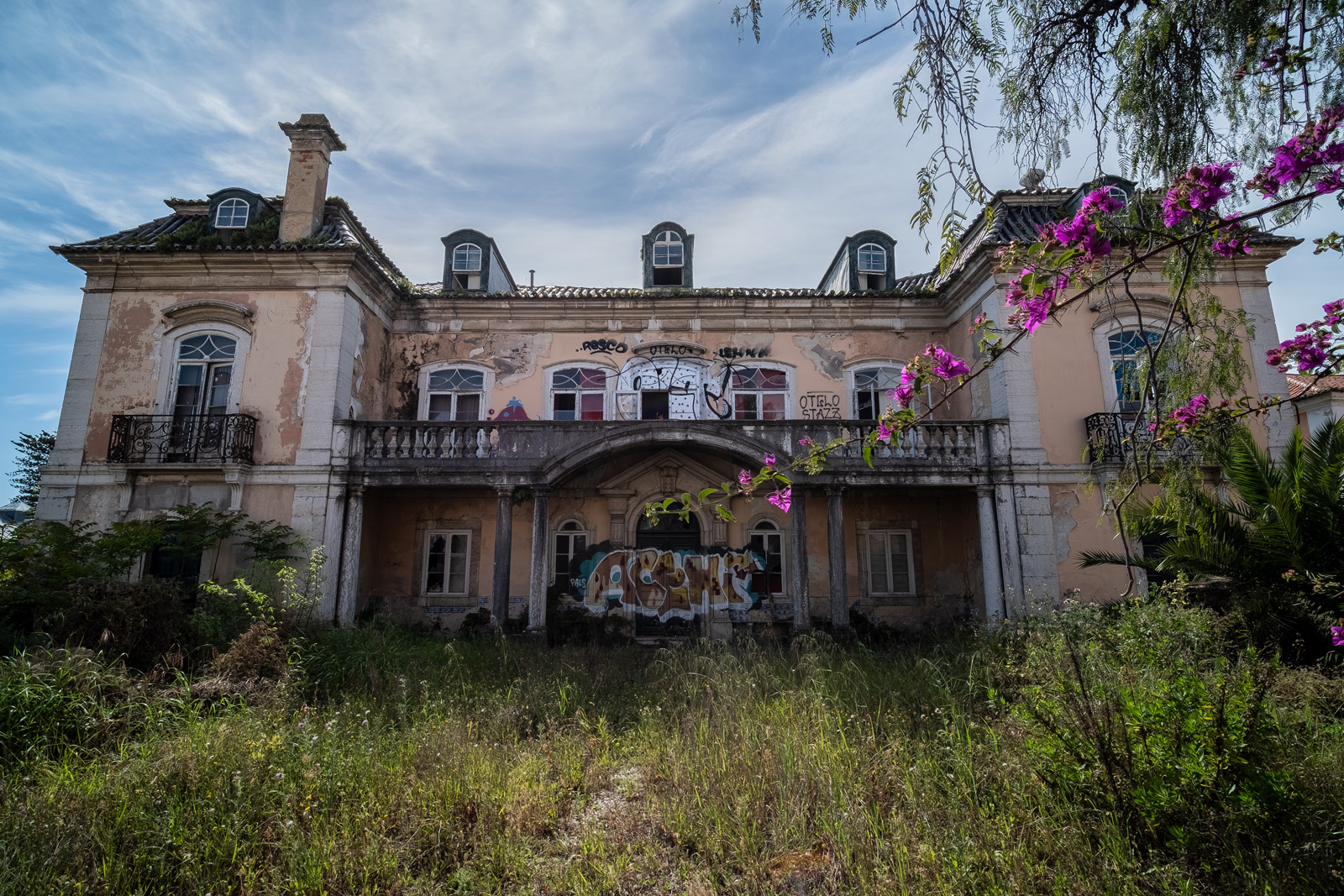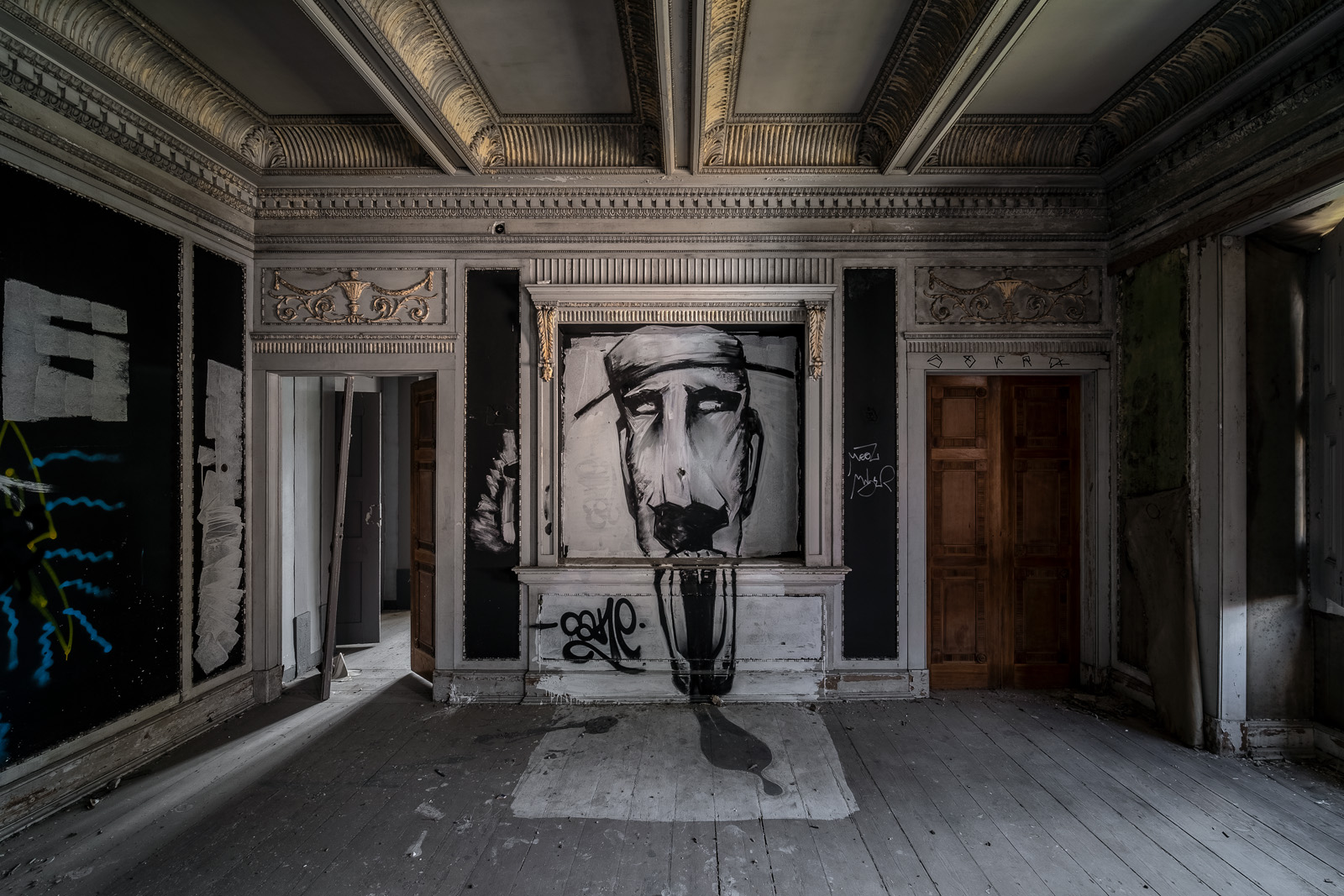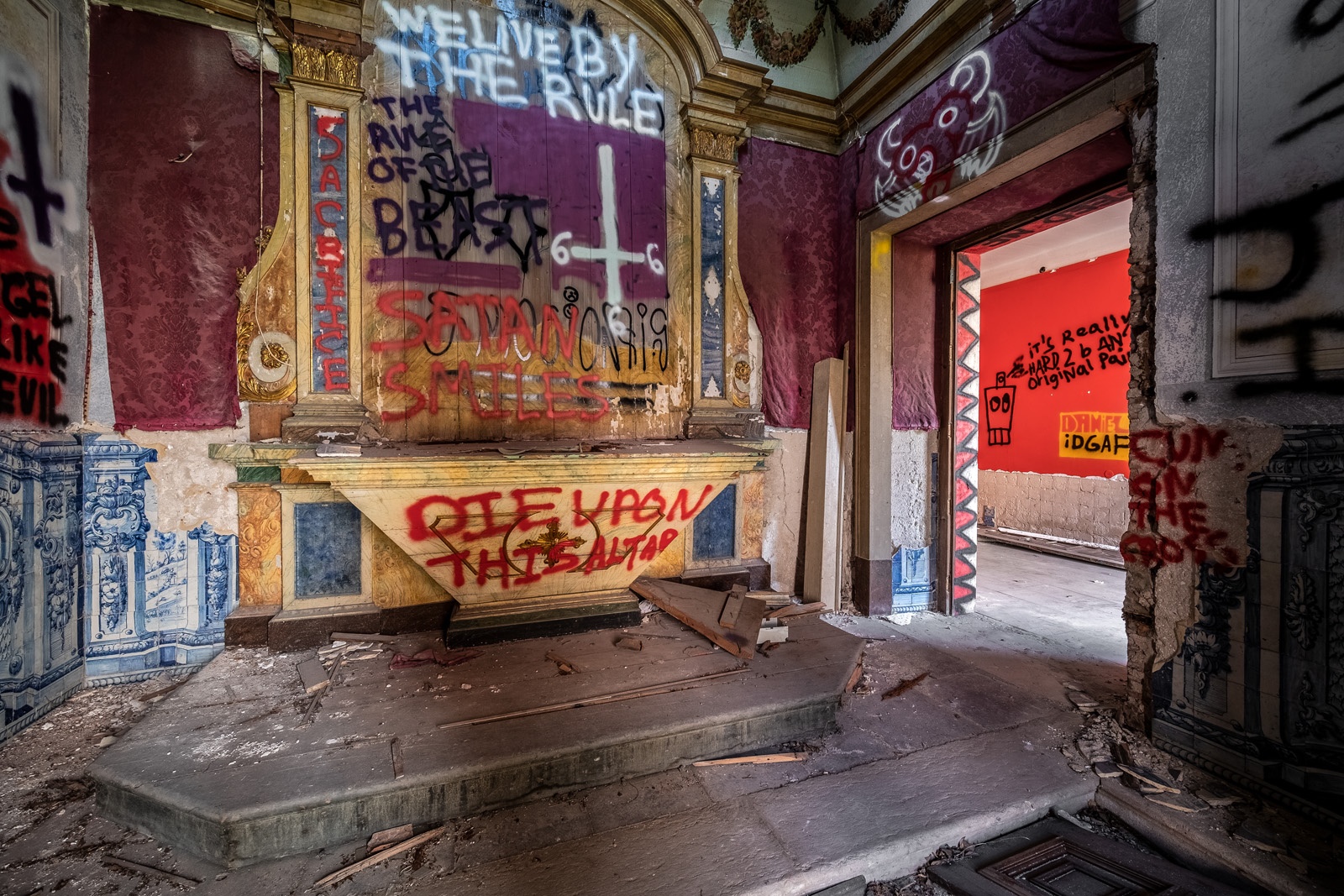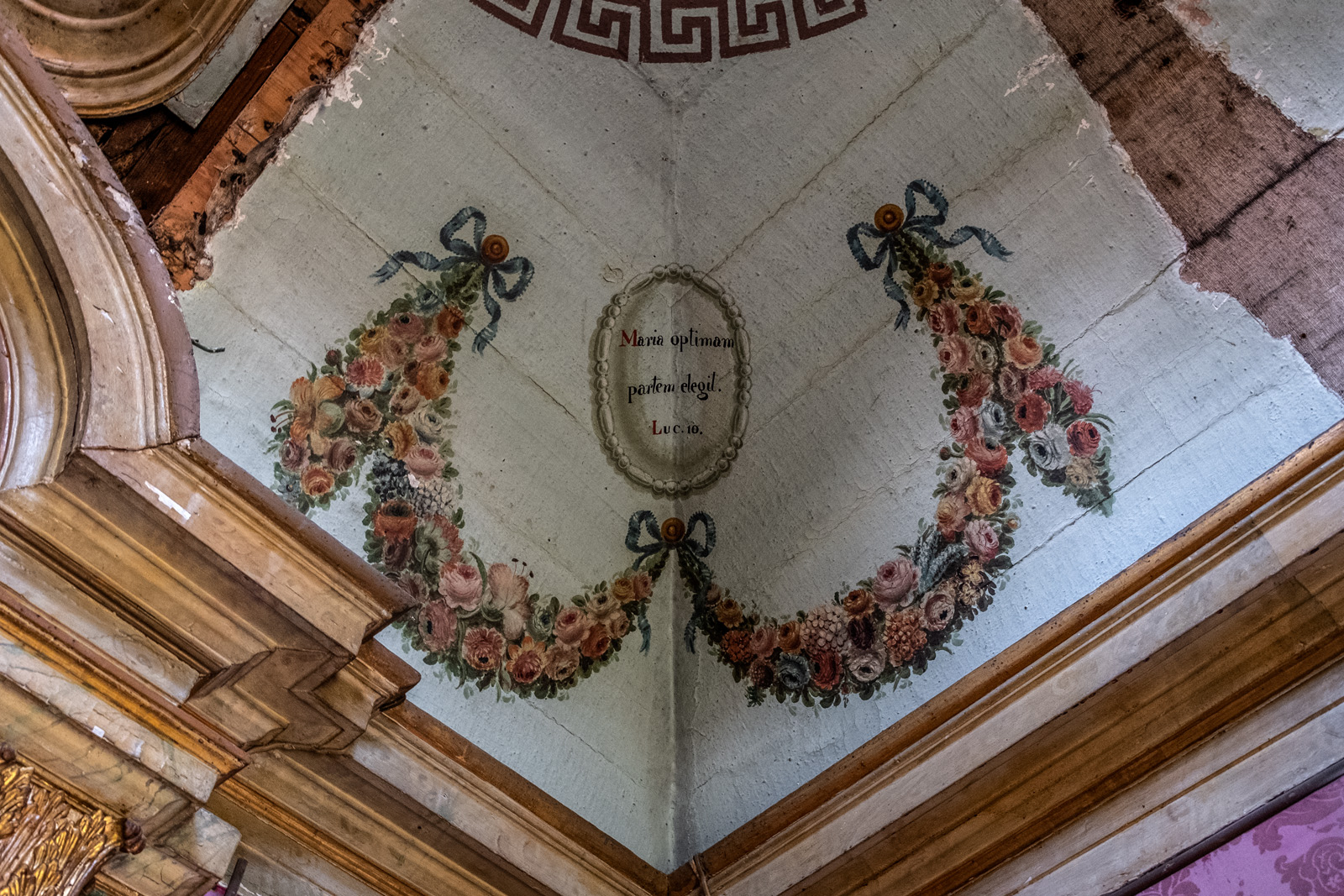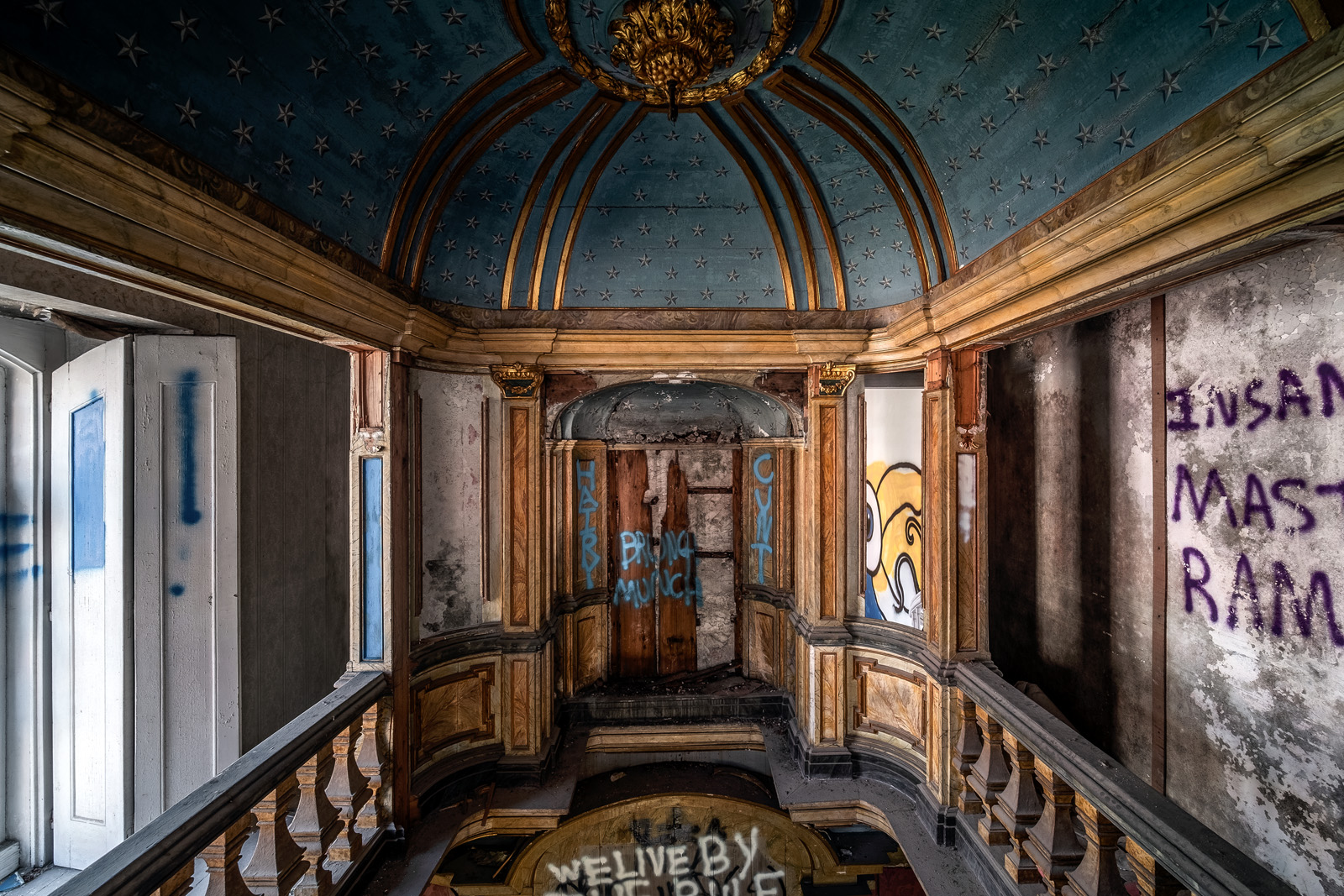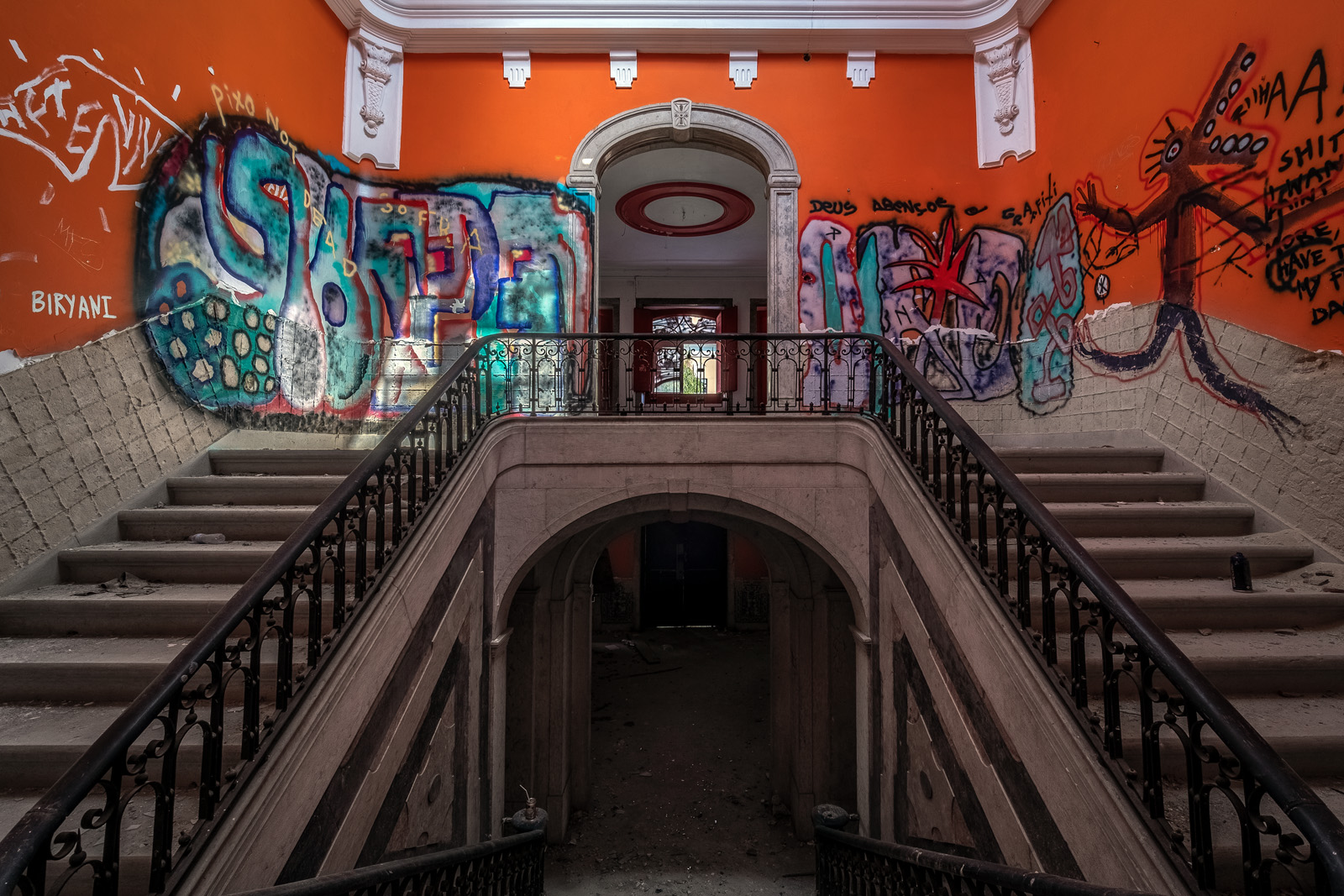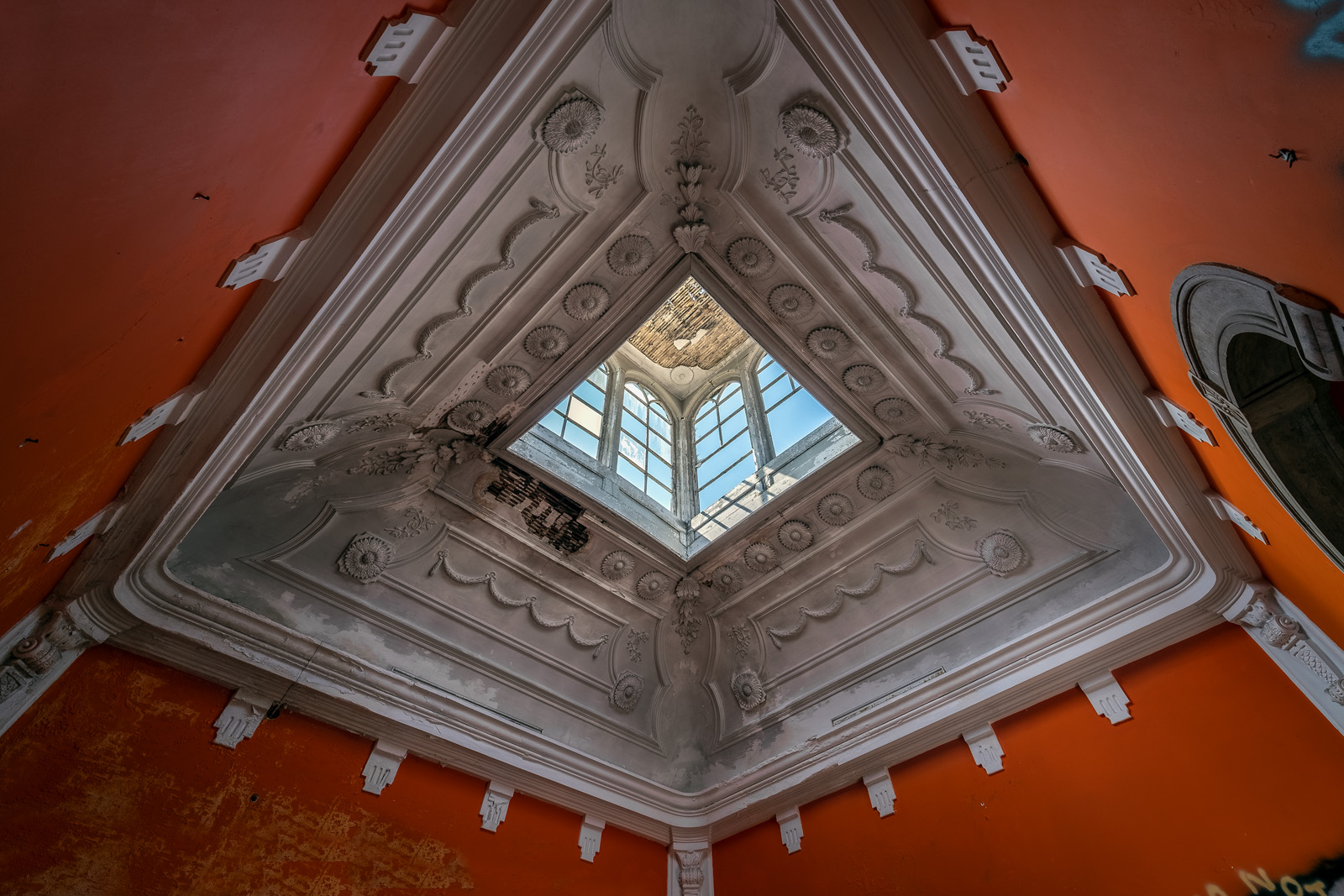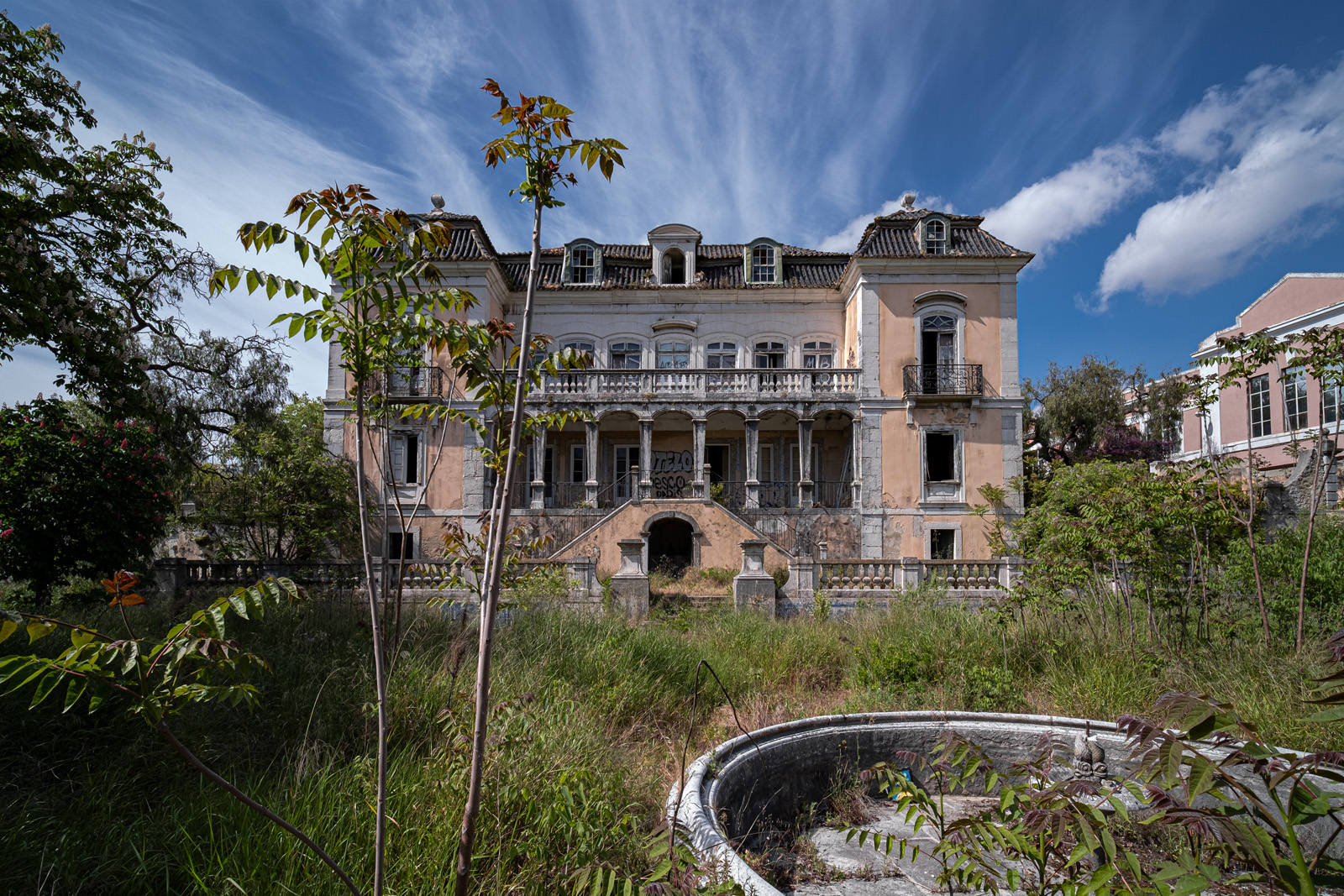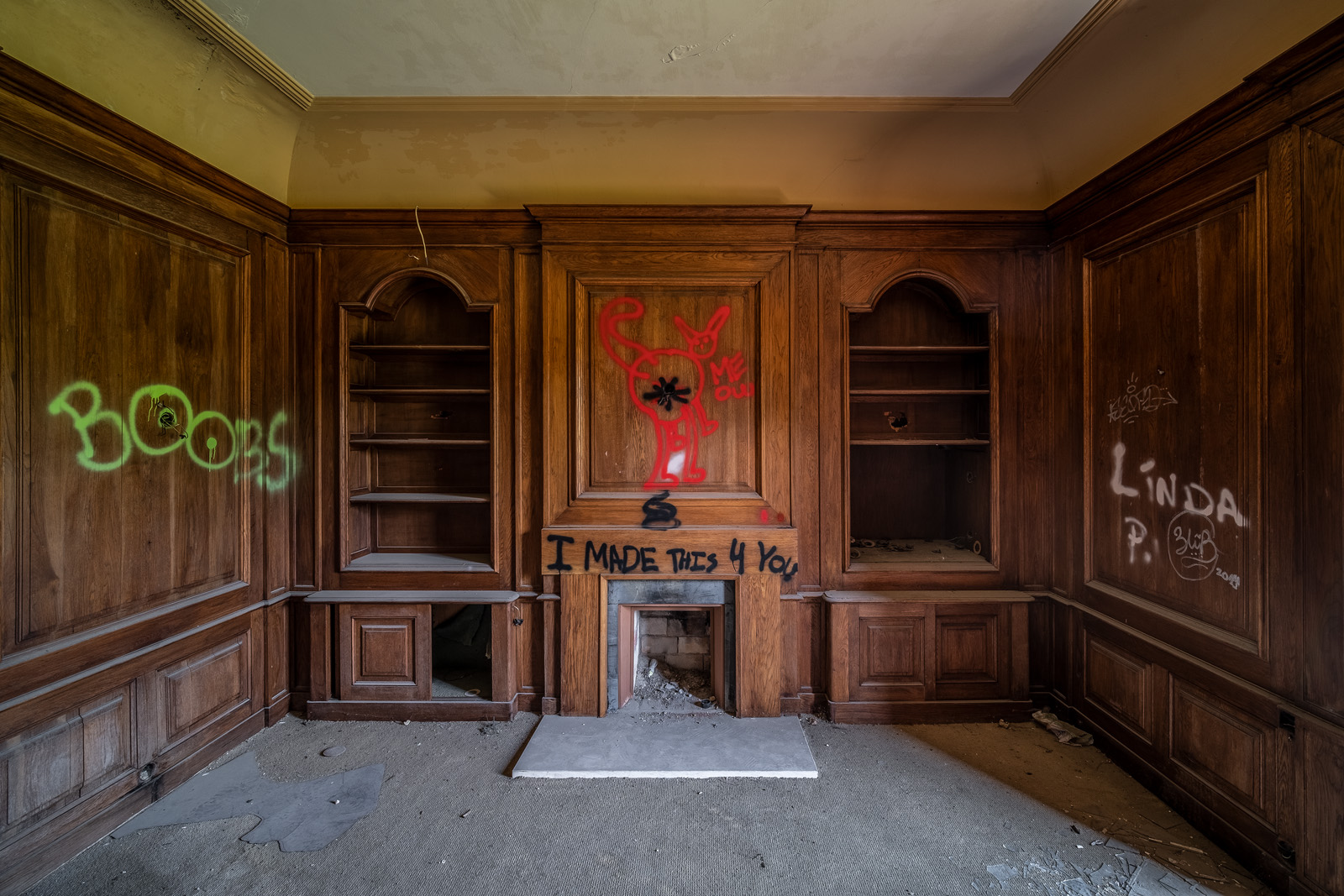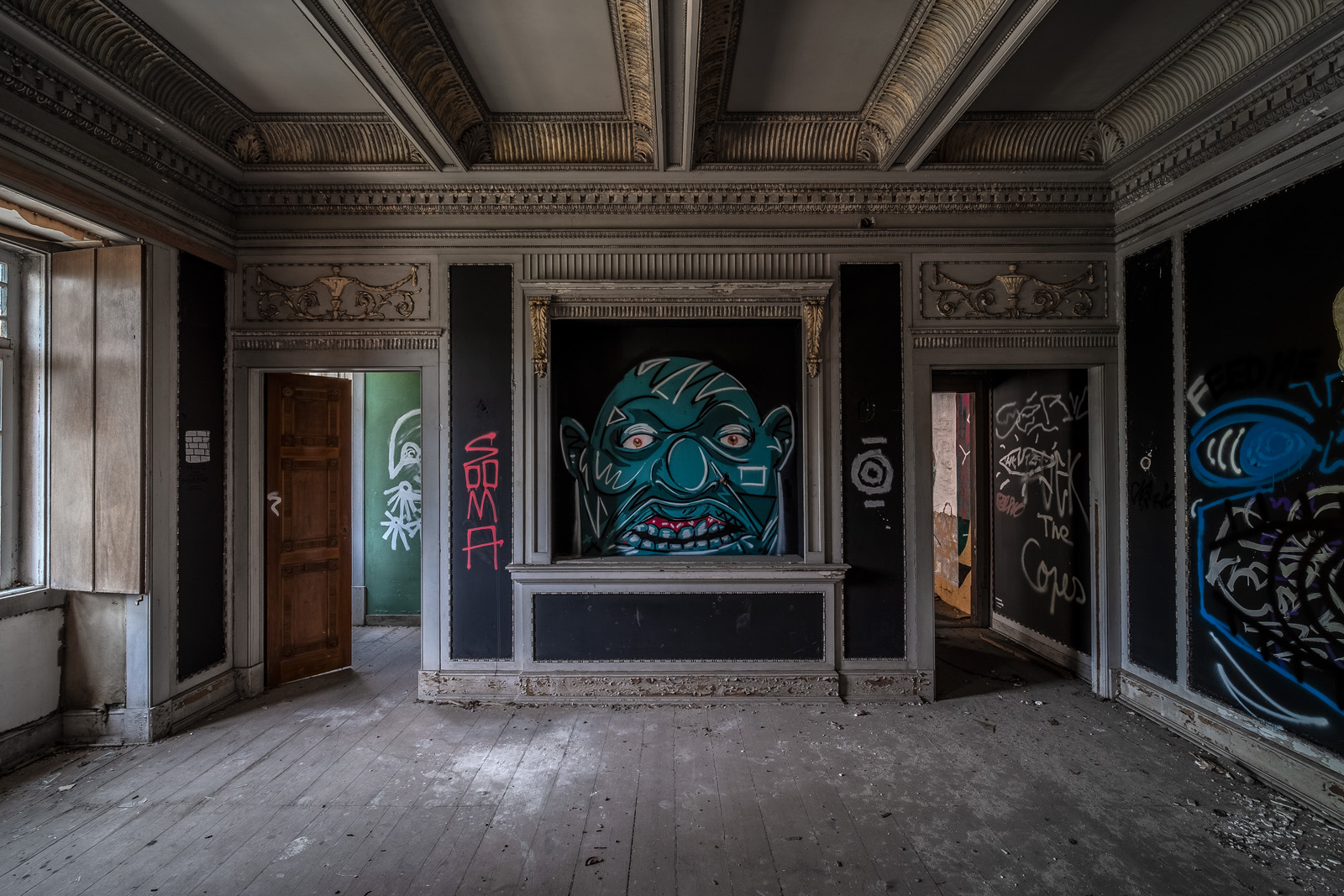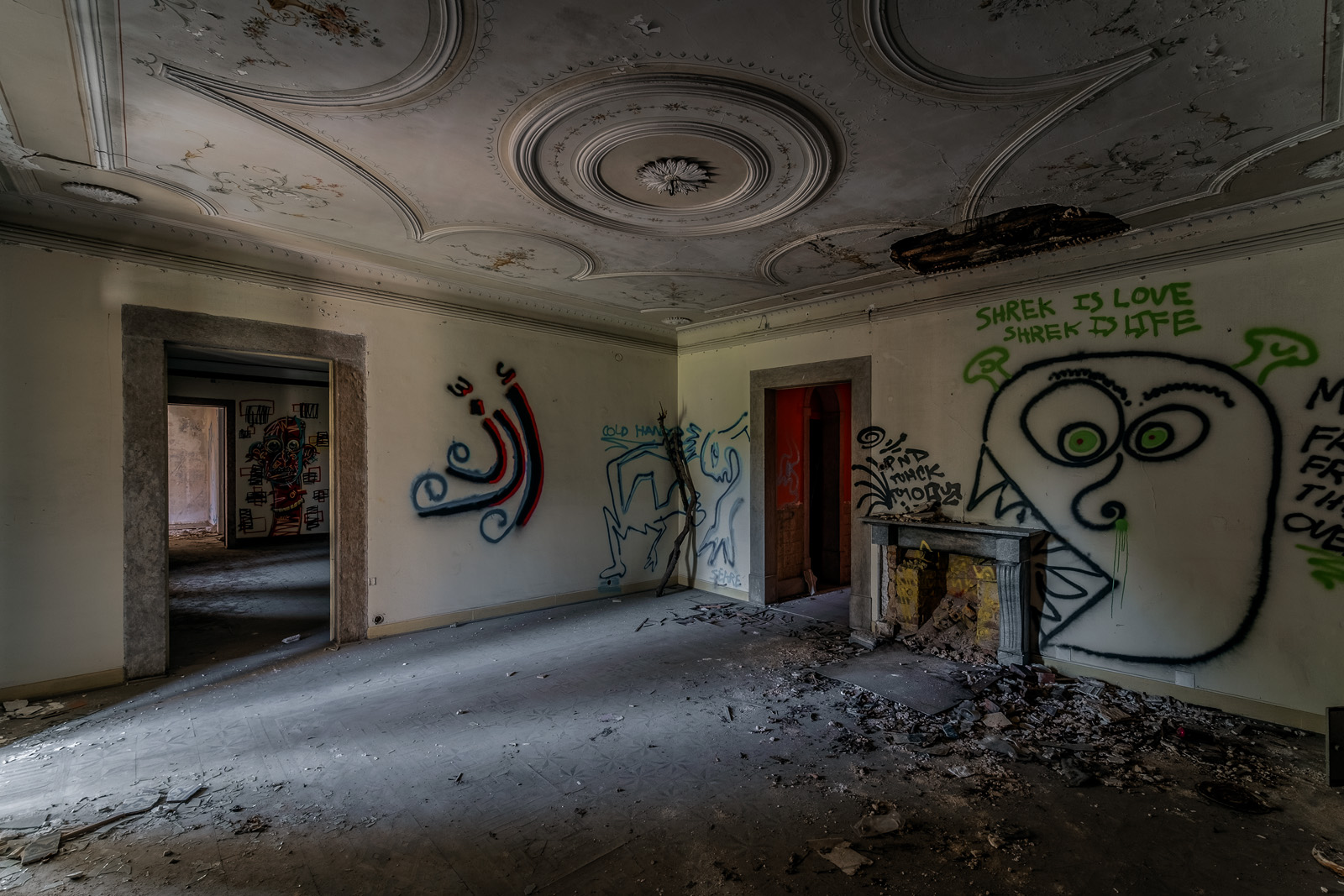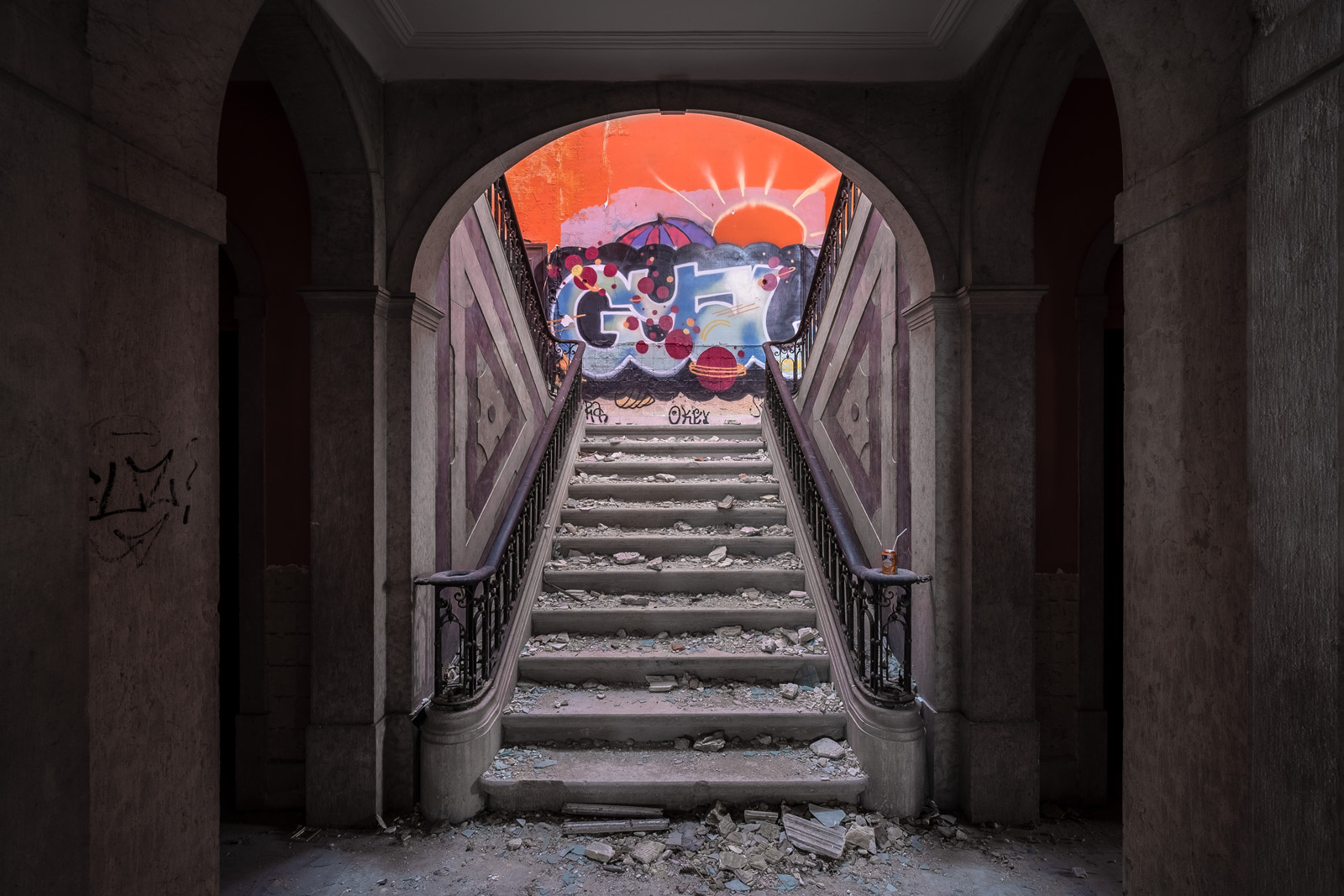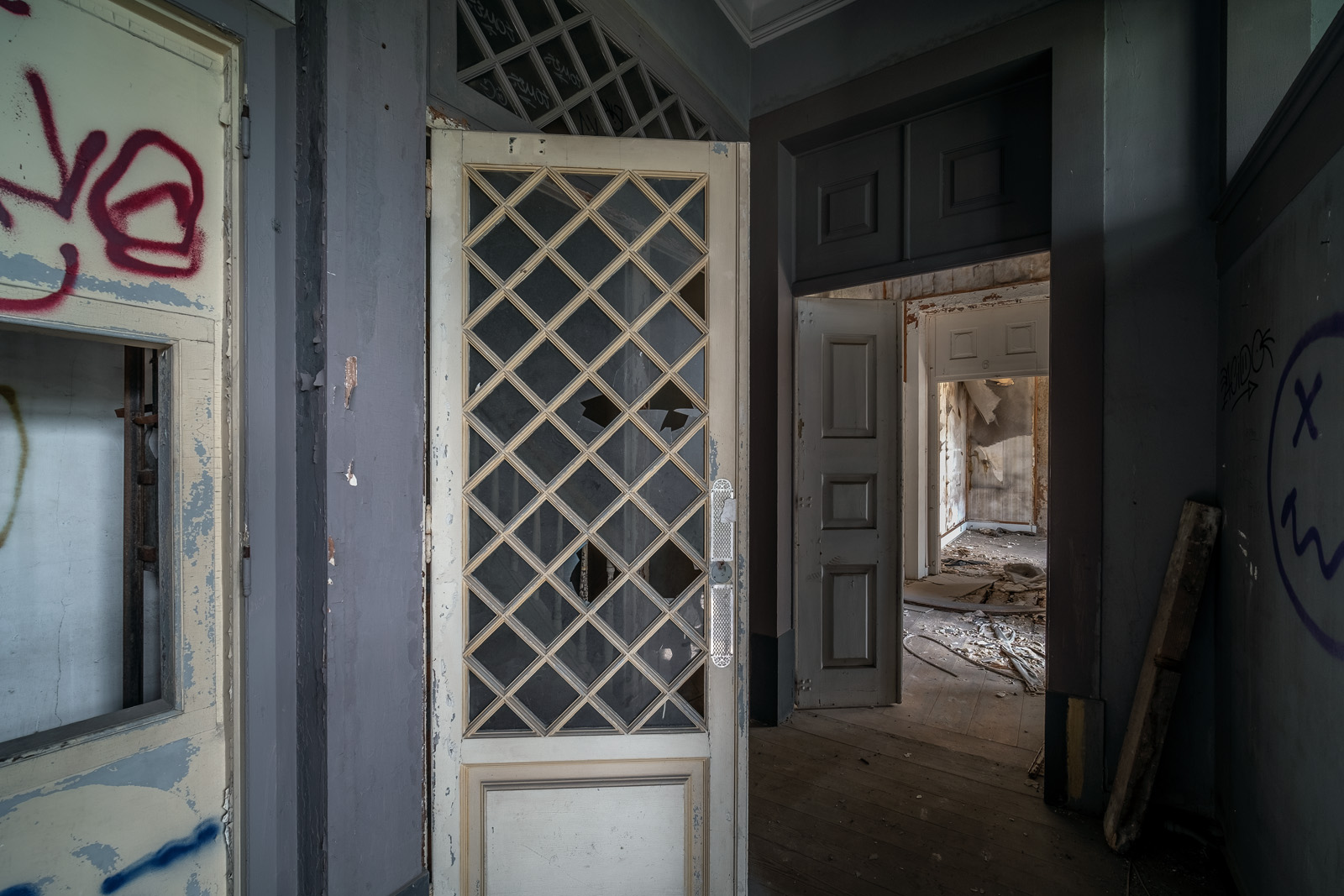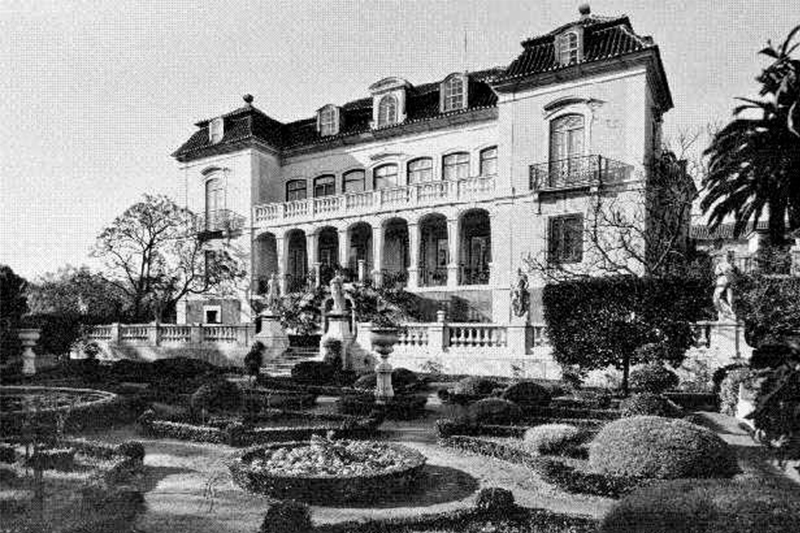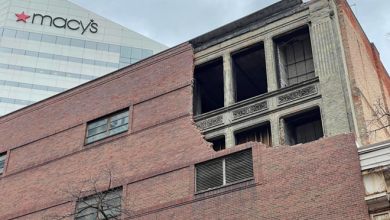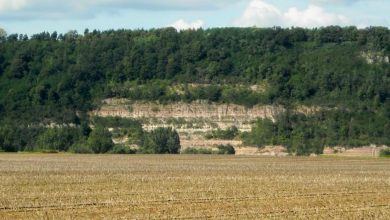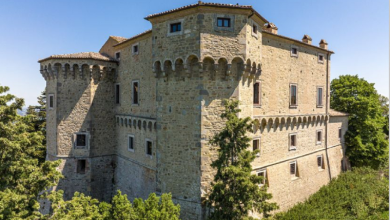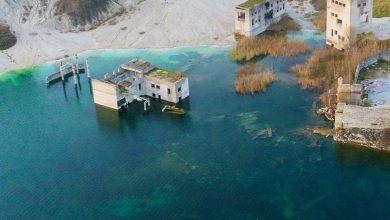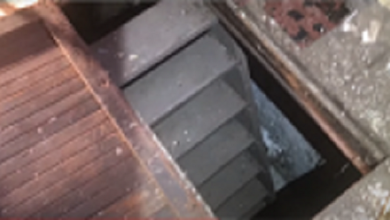Palace of the Eagles
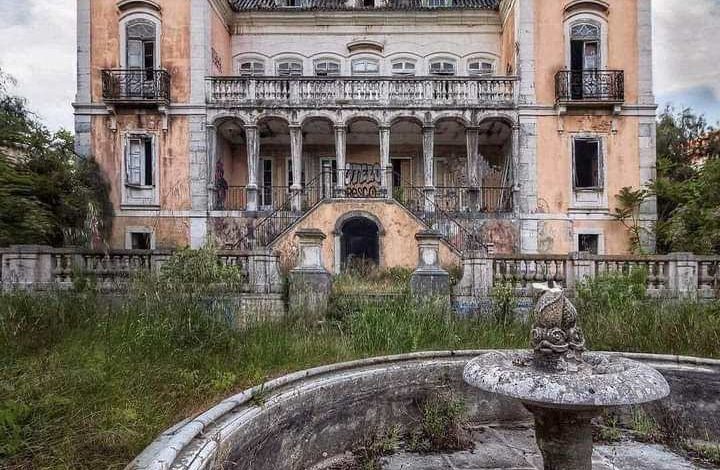
Palace of the Eagles
In the center of Lisbon , there is an old palace over 300 years old, the “Palácio das Águias”, which dates back to 1713.
The palace was built by Manuel Lopes Bicudo (Lawyer), in 1713 , to live with his wife. In 1731 (18 years later), the lawyer sold the property to Diogo de Mendonça Corte-Real, secretary of state during the reign of João V. Diogo de Mendonça, made several changes to the palace and gardens, including the construction of a chapel. The work was carried out by the French artist Pierre-Antoine Quillard, painter at the court of D. João V.
Corte-Real dedicated the last five years of his life to that house (he died in 1736), and organized great balls and galas. Among the guests at some of these parties was the King of Portugal himself, D. João V. The house was inherited by his son, Diogo de Mendonça (they had exactly the same name), who also served the king — not D. João V, who would die in 1750, but the son who succeeded him, D. José I. In the beginning, He was appointed, with pomp and circumstance, Secretary of State for the Navy and Overseas Affairs. But the relationship didn’t last long: D. José I was so dissatisfied with the “junior’s” work that, six years later, he forced Diogo de Mendonça to leave Lisbon.
During the first years of exile, the farm was in the care of a French governess , Maria Josefa Catherine du Pressieux. In 1758, Diogo de Mendonça rented the house to his daughter, Maria Francisca. It is said that Diogo de Mendonça wanted to leave the house to his daughter when she died, however, Maria Francisca did not know how to take care of what would be her future inheritance. The farm fell into disrepair and Diogo de Mendonça backed away from his desire to give the property to him. It was 1764. That same year, the woman was exiled to Angola — no one really knows why — and disputes began between the family.
The legal battle for Quinta das Águias lasted 73 years . The court ended up ruling in favor of Santa Casa da Misericórdia, the council that represented part of the family. They immediately sold the house, as they had 73 years of legal fees to pay. In the following decades, the palace passed from owner to owner. In 1890, it was acquired by the doctor and professor Fausto Lopo Patrício de Carvalho, who carried out extensive work on the house and gardens. The restoration project included the collaboration of architects Vasco Regaleira and Jorge Segurado.
The palace, with a regular quadrangle shape, is built across a set of 3-storey volumes, highlighted at the corners by projecting turrets with a square section. Inside, the chapel dating from 1748 deserves special mention , with a square plan, with an upper gallery limited by a wooden balustrade and ashlars of 18th century tiles. The garden has an 18th century layout, with walls made of blue and white tiles representing hunting scenes, marble busts and notable plant species.
The name Quinta das Águias came from the time of Diogo de Mendonça Corte-Real (his father), but it was at this time that stone eagles were built , including on both sides of the main gate. The property was part of the Carvalho family legacy until 1990 and since then, no one knows exactly what happened. The farm fell into the hands of banks and currently belongs to a BES fund.
